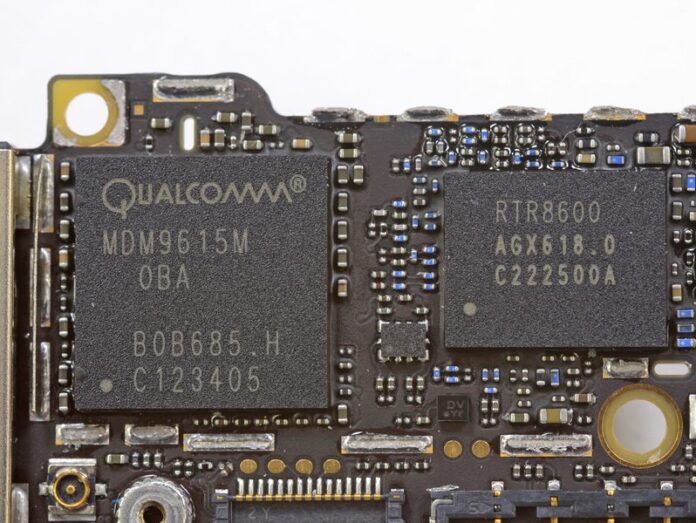Qualcomm debuted its latest mobile chip, the Snapdragon 820, which supports Cat 12 LTE downlink and Cat 13 LTE uplink, as well as somewhat controversial LTE-Unlicensed technology.
“The Snapdragon 820 is the most powerful mobile processor we’ve ever made,” said Sherif Hanna, Qualcomm senior manager of marketing. “So it only made sense that we would give it the most advanced modem we’ve ever designed. … The Snapdragon 820 will feature breakthrough LTE and Wi-Fi technologies, made possible by an integrated, and newly upgraded, X12 LTE modem.”
The Snapdragon 820/X12 LTE combo is said to supports download speeds up to 600 megabits per second, uplink speeds up to 150 Mbps and LTE-U, which Hanna noted, “is a really big deal. Huge actually.”
https://youtu.be/UMNrD8ZGJow
Hanna continued his discussion of LTE-U, which essentially accesses unlicensed spectrum – where Wi-Fi operates – to carry cellular. The concept of Wi-Fi and LTE co-existing in the same spectrum band has created a bit of an industry stir around whether the two technologies can co-exist without disrupting one another.
“If you’re the proud owner of a new phone powered by the Snapdragon 820, expected in the first half of 2016, and you’re on a network that supports LTE-U, you may experience a sudden boost in LTE speeds in areas that normally suffer from congestion,” Hanna said. “From the very start, Qualcomm Technologies designed LTE-U to co-exist and share unlicensed spectrum fairly with Wi-Fi. You have to remember that Qualcomm Technologies is a leader not just in LTE, but in Wi-Fi as well. We understand the technology deeply. So we took special care while designing and implementing LTE-U to really, really make sure that it will have no more of an impact on Wi-Fi than deploying a normal Wi-Fi access point.”
At the CTIA Super Mobility show in Las Vegas earlier this month, RCR Wireless News had the opportunity to discuss the future of LTE-U with Neville Meijers, SVP of business development at Qualcomm. Meijers discussed whether the brouhaha surrounding LTE-U is a technology issue or a business issue.
“I think it has gone beyond a technical discussion,” Meijers said. “I think it’s a business issue. Now it’s really a discussion around the opportunity for wireless carriers to utilize unlicensed spectrum. They’re already utilizing the unlicensed spectrum for purposes of data offload and giving consumers a better experience. If that experience can be enhanced through LTE-U … why not leverage that?”

